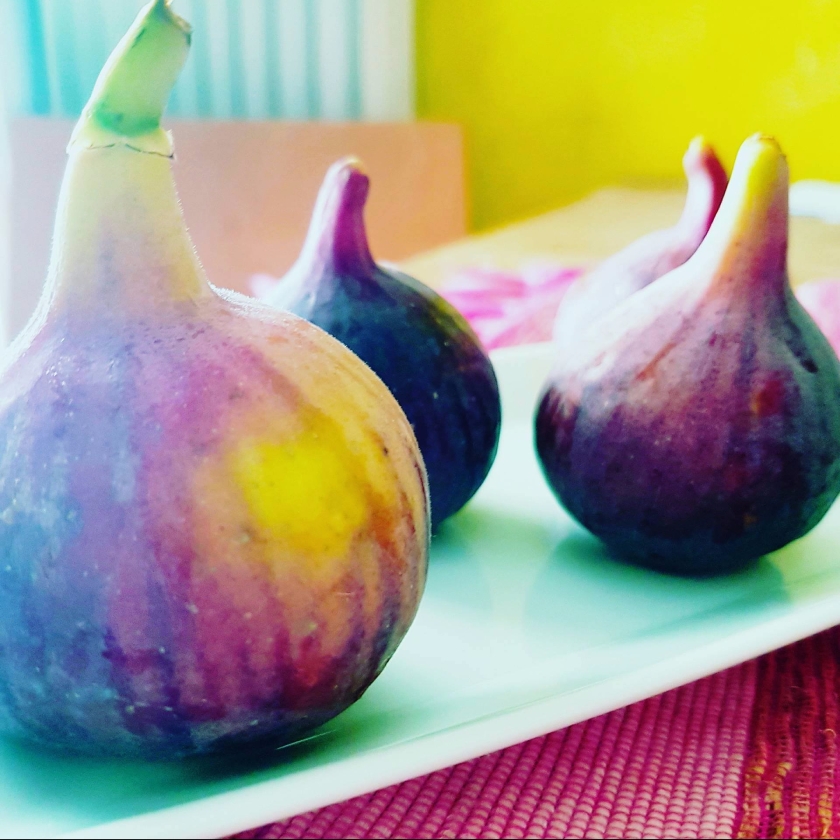
I love summer fruits…their scents, sweetness, colors…they excite me ever since I were a child.
One of my favorites, however “sinful”, has always been the fig…white figs, black, King, figs from Anatolia…as long as it was ripe it was a treat I could never resist to.
And in the depths of centuries it seems nobody could resist this small and delicious treasure!
In the Neolithic diet we encounter samples of the consumption of wild figs, bitter almonds, wild pears and wild raki.
In Ancient Greece we see the poor people’s food…barley, mushrooms, walnuts, wild pears, crickets, snails, cheap wine and dried figs. The fig tree was the most popular fruit-bearing tree in Attiki and Evia…In fact the drying of figs has been known since then because a distinction existed among figs and “ischades” (dried figs). The tree was related to the worship of god Dionysus and goddess Dimitra but they were also used in the worship of the Pythagoreans.
Assyrians used them before 3000 B.C. as their main source of sugar, whereas Cleopatra was really fond of them.
Nowadays, from the dried figs of Kimi and Taxiarhis which are PDO (Protected Designation of Origin) to the sykomaida of Corfu –a delicious treat which has been especially popular in the past few years – figs had, and still have, a special place on our table… How well do we know them, though?
As I speak with my students about universal dietary habits, I face skepticism and sometimes disgust. I talk to them about raw foodism and entomophagy and I watch them cringe with repulsion.
“Are we going to eat ants, miss…?” they ask with disbelief. Crickets and grasshoppers were eaten by our ancestors, I reply…and for those of you, who like edible fruits, you should know that you have been consuming them since ancient times through figs which are not fruits, rather they are flowers…a fig is a concave inflorescence with lots of female flowers within it. In order for the fruit to ripen these flowers must be pollinated by an outer source. For the transfer of pollen from the male fig tree during the inflorescence and the pollination of flowers, a special insect of the fig tree has been chosen, the gall insect. This little bug that very often loses its wings as it tries to get in or out of the eye of the fig is possibly an extra “snack” when we consume our figs.
Not to be left with a bitter aftertaste, however…a nice recipe variation for the patient and the enthusiasts…
Sykomaida:
Ingredients
Dried figs (a little soaked in raki or tsipouro)
Grape pulp (must – unfermented press grapes)
Fennel seeds
Ground Fennel
Black pepper
Cumin
Raki
Procedure: Mix together and knead the dried and soaked figs with the must. Then add pepper, fennel, cumin, fennel seeds and raki.
Mold the fig pies and put them on fig leafs. Let them dry in the sun, covered with cheesecloth because insects love them.
After that, we wrap the dried sykomaida pies in vine leaves and tie them up with some string.
Forget what you know about them and consume them…they are super-foods after all…
